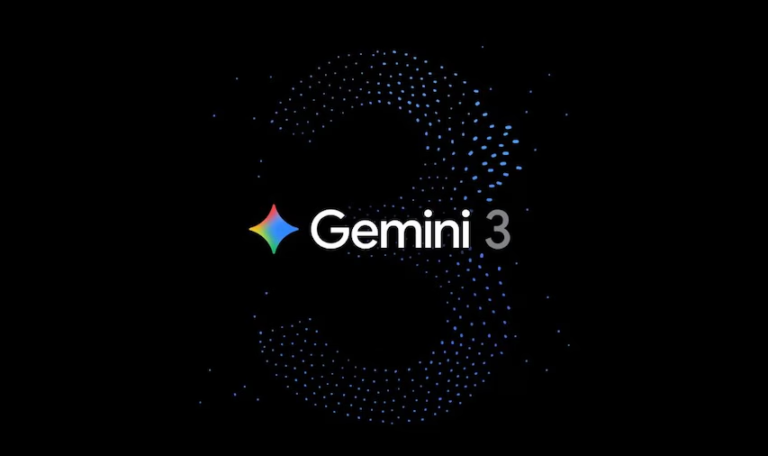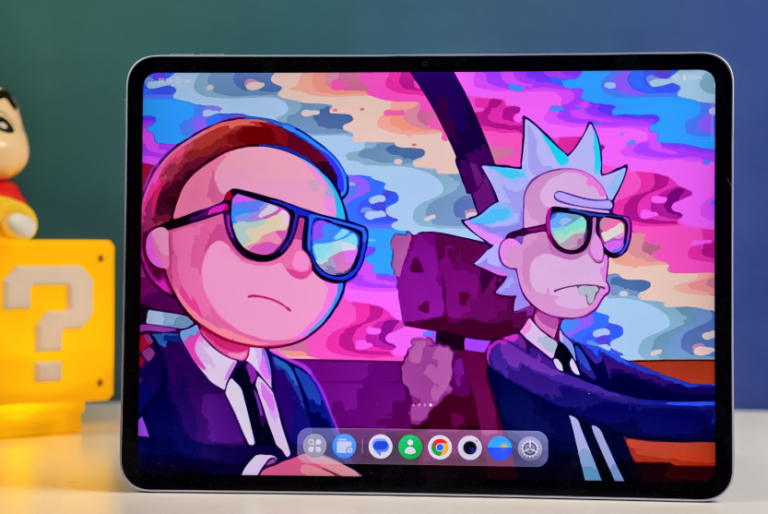
Nothing is a brand new British tech company that seemingly materialized out of thin air at first glance, but like its products, Nothing is more than the sum of its parts. Nothing was founded by Carl Pei, who was co-founder of the Chinese tech company OnePlus but left the back in 2020.
According to Nothing, the phone industry had stagnated, and most phones are iterative, and they want to change that.
Unlike other companies that focus on hardware that changes very little, instead of engaging in a spec arms race, Nothing wants to bring people and technology together through design.
It’s a pretty lofty goal and I’m not sure how they intend to do it, but their new phone seems to be the linchpin of their plans.
Nothing Phone(1) SPECS
Processor: Snapdragon 778G+
Screen: 6.55″ 120Hz OLED
RAM: 8GB
Storage: 128GB/256GB
The phone (1) uses the Qualcomm Snapdragon 778G, which is an interesting option. Nothing claims this is to balance power with power consumption and of course price.
While this mid-range chip isn’t a powerhouse, especially compared to the OnePlus 10, the Honor Magic 4 and Motorola edge x30 use the Snapdragon 8.1 chip.
It’s not bad either though, the 6nm chip is still fast for everyday use and can handle moderate gaming and this slightly tweaked version supports wireless and reverse charging too.
For everyday use performance is great, you can still multitask with ease, however demanding games like Genshin Impact will be a struggle at higher graphic settings and games I tried like COD mobile, Minecraft and X-Com all worked very good. .
Single core scored 822 and Multi-core scored 2920 higher than Samsung Galaxy A53 and higher than Google Pixel 6 for multi-core processes.
The base model features 8GB of RAM and 128GB of storage, but there’s also a 256GB option and a 12GB RAM and 256GB storage option. Sadly there’s no expandable storage option via micro SD, which is a shame as this is an option on mid-range phones like the Samsung A53.
Even the phone’s camera (1) benefits from Nothing’s minimalist and stripped back vision, instead of featuring 4 superfluous cameras or a huge flashy module bolted to the back of the device, the phone (1) sports a subtle yet powerful dual camera settings.
The first camera is a 50-megapixel main camera, as well as another solid 50-megapixel wide-angle to help capture those cityscapes.
I was surprised at how steady and clear the Phone(1) shots were in low light, looking much better than most at this range thanks to its optical image stabilization.

Another surprise here is that the quality of the 16-megapixel selfie camera in front-facing images came out well exposed and color reproduction looked fine.
The Glyph system even generates a decent fill light compared to the generally harsh lighting of mobiles.
As for video, you can shoot 4K 30fps on the rear camera, but the selfie camera is capped at 1080 30fps, which is perfectly decent for most normal uses, though budding filmmakers may want something with more options.
The phone (1) uses a fairly standard 4500 mAh battery which pretty much got me through a full day of normal use, but much less when I was gaming, which was a bit disappointing.
It also supports 33W fast charging, which got me to 62% on a 30-minute charge, which was helpful given its constant draw.
The fast charger is also not included with the phone which was annoying. However, the phone (1) has 15W wireless charging which helps mitigate some of this.
Verdict 4/5
While buyers looking for the most bang for the buck will be better off with a high-performance flagship killer, the Phone (1) makes for a compelling buy for those who value a handset’s aesthetics and software above all else.

Editor’s rating: 3.5 / 5
Pros:
- Stylish, unique design
- Clean software
- Capable primary camera
- Decent performer
- Supports wireless charging
Cons:
- Doesn’t ship with a charger
- Slow 33W charging speed
- Display’s peak brightness is not the best
- Facial recognition is finicky




